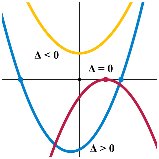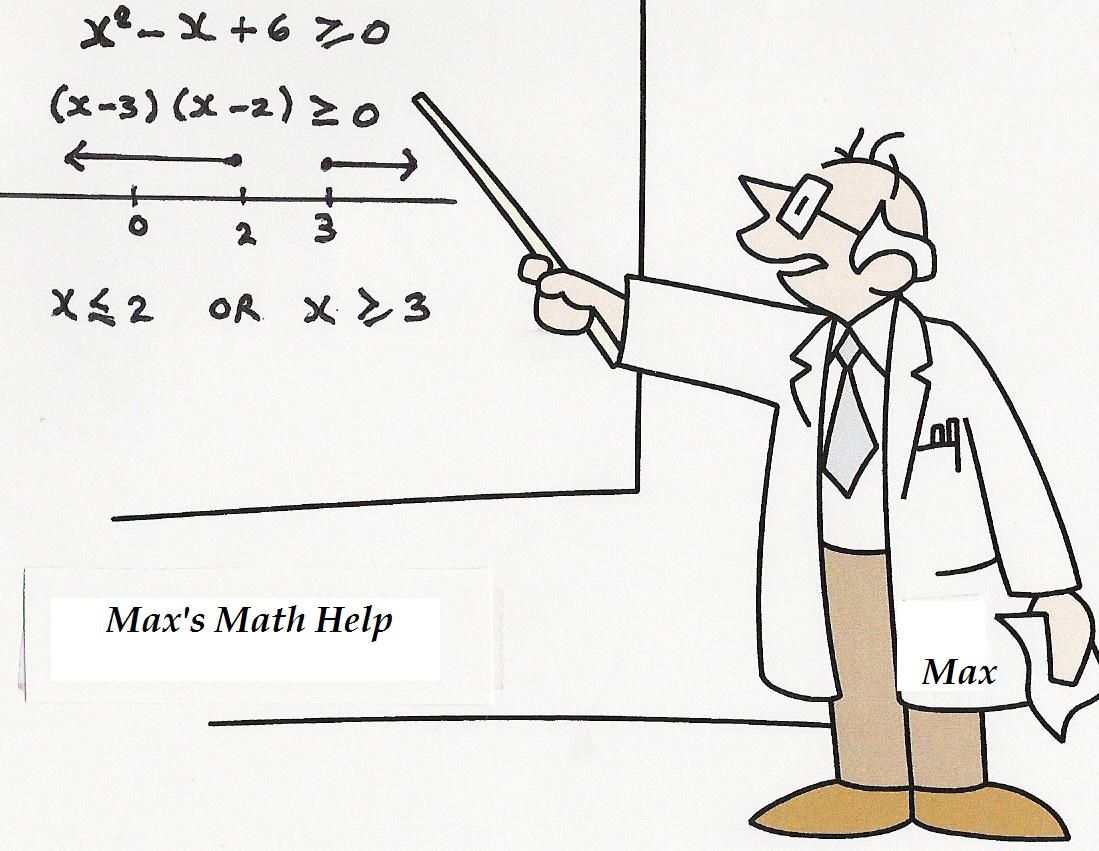|
|
|
|
|
||||||||
|
|
||||||||||||
UNIT
10 :
SEQUENCES AND SERIES
LESSON 2:
GEOMETRIC SEQUENCES HOMEWORK QUESTIONS
Quick Review


Homework
Questions:
1. State
which of the following are geometric.
Find a and r for those that are geometric.
a) -1, 2, -4, 8, …
![]()
c) -8, -4, 0, 4, …
d) k, kx2, kx4, …
2. In each of the following the general term is
given. Determine the first 3 terms and
find a, r, t4 and t7.
![]()
![]()
![]()
![]()
3. In each of the following geometric sequences,
determine t7 and tn .
a) 4, 16, 64, …
![]()
c)
100, 50, 25, 12.5, …
![]()
e) 243, -81, 27, …
![]()

5. Find the number of terms for the sequence
below.
2, 6, 18, …, 486
![]()
7. A car is purchased for $20 000.00. The value of the car depreciates 15% each
year. Find its value in 7 years.
8. The population of a certain city is now 80
000. Each year it is projected to
increase by 3%. Determine the
population if 25 years.
9. A bacteria culture doubles every 5 min. If the initial count is 6 bacteria, how many
will there be after 2 hours ?
![]()
11. Find the value of a that makes the
following sequence geometric.
3, 12, 2a-4, …
12. Find the value of x that makes the following
sequence geometric.
x + 2, x + 4, 2x + 11, …
Solutions:
1. State
which of the following are geometric.
Find a and r for those that are geometric.
a) -1, 2, -4, 8, …
![]()
c) -8, -4, 0, 4, …
d) k, kx2, kx4, …
Solutions:

The
sequence has a common ratio. Hence it
is geometric with a = -1 and r = - 2.

The
sequence has a common ratio. Hence it is
geometric with a = 1 and r = - 1/3.

The
sequence does not have a common ratio.
Hence it is not geometric.

The
sequence has a common ratio. Hence it
is geometric with a = k and r = x2.
2. In each of the following the general term is
given. Determine the first 3 terms and
find a, r, t4 and t7.
![]()
![]()
![]()
![]()
Solutions:




3. In each of the following geometric
sequences, determine t7 and tn .
a) 4, 16, 64, …
![]()
c)
100, 50, 25, 12.5, …
![]()
e) 243, -81, 27, …
![]()
Solutions:
a = 12 r = 7 t7 = ? tn = ? a = 4 r = ¼ t7 = ? tn = ?


a = 100 r = ½ t7 = ? tn = ?
![]()








5. Find the number of terms for the sequence
below.
2, 6, 18, …, 486
Solution:
a = 2 r = 3 n = ? tn = 486

6. Given the geometric sequence 54, 36, 24, … . Which term is 64/9 ?
Solution:
a = 5 r = -3 n = ?
![]()

7. A car is purchased for $20 000.00. The value of the car depreciates 15% each
year. Find its value in 7 years.
Solution:
a = 20000 r = 0.85 n = 8 tn = ?

8. The population of a certain city is now 80
000. Each year it is projected to
increase by 3%. Determine the
population if 25 years.
Solution:
The city
retains 100% of its people and gains 3%.
Therefore to get the next years population, multiply by 103% (1.03 in
decimal form)

Hence
the population in 25 years will be about 167 500.
9. A bacteria culture doubles every 5 min. If the initial count is 6 bacteria, how many
will there be after 2 hours.
Solution:

10.
Radioactive decay is measured in terms of
half-lives. This is the time it takes
for a radioactive element to decay to half of its original mass.
Radioactive
Geigerite has a half-life of 8 years.
How long will it take for an original sample of 128 g to decay to 0.5 g?
Solution:
This
forms a geometric sequence with first term 128 and common ratio ½.

11. Find the value of a that makes the
following sequence geometric.
3, 12, 2a-4, …
Solution:
Recall
to be geometric, the test is

12. Find the value of x that makes the following
sequence geometric.
x + 2, x + 4, 2x + 11, …
Solution:
Recall
to be geometric, the test is

![]()
Proof:




